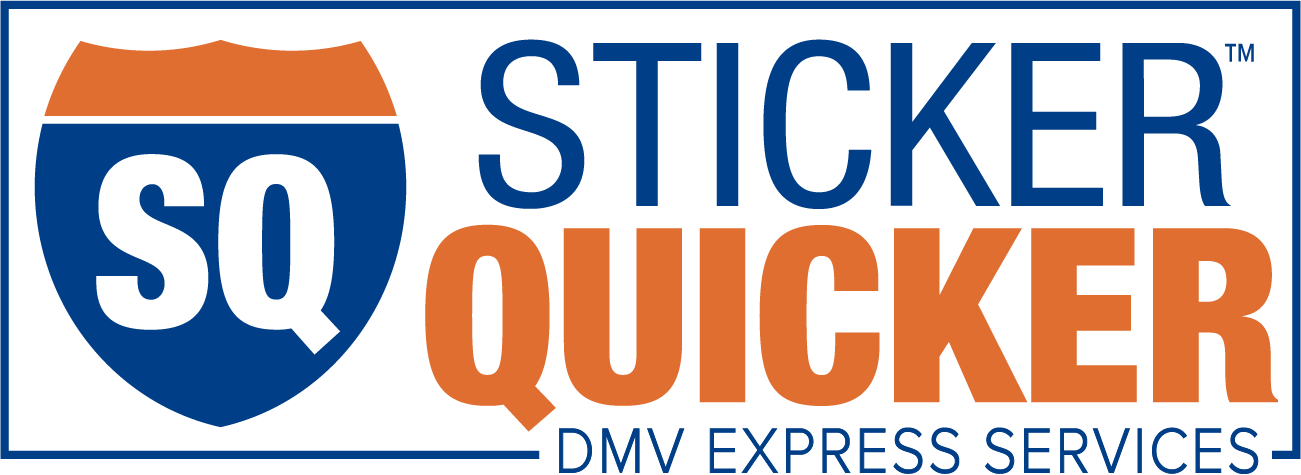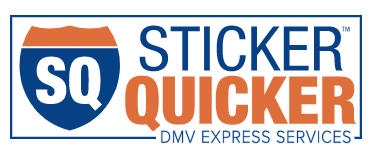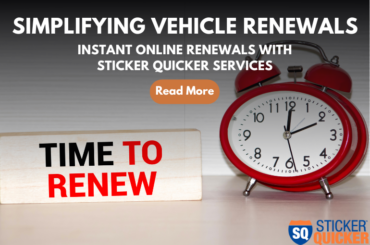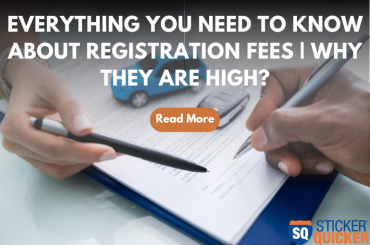Vehicle fleets are a group of commercial vehicles owned, leased, or rented to help a company perform day to day activities. Fleets are an essential component of many successful businesses, especially companies that transport cargo or provide services to their customers. As more companies are opting for fleet vehicles, the number of accidents involving a fleet vehicle has dramatically increased.
The current annual accident rate for vehicle fleets is 20%, with an average cost of $70,000 per fleet. Fleet accidents are a risk and liability to a company so, to combat the number of accidents, companies must identify the problem and solve it as the source – high-risk drivers. The poor driving behaviors of some drivers lead to more accidents on the road. Companies must use practices that influence and encourage high-risk drivers to adopt safer driving skills.
Continue reading to discover how to manage high-risk drivers in your fleet.
Have a Fleet Manager
The key to any successful fleet is the fleet manager; this person acts as the overseer of all fleet operations. Fleet managers are responsible for vehicle maintenance, route planning, and driver management. As a part of driver management, the fleet manager must be aware of all high-risk drivers. Since the majority of fleet accidents are caused by high-risk drivers, fleet managers must be involved in the process from beginning to end to improve the behaviors and skills of high-risk drivers. From the moment a driver is hired, and for the duration of their time with the company, it is the role of the fleet manager to make sure that each driver practices safe driving skills.
Do Pre-Employment Evaluations
Before hiring, managers must do thorough evaluations of potential employees. Fleet managers must check the driving records and accident history of every driver in their fleet. This allows you to identify and monitor high-risk drivers that have been involved in numerous accidents and better understand the type of driver the candidate is.
Driver screening before employment ensures that the company is hiring the right candidate. Motor vehicle records or MVRs entail all driving history and prior infractions that the driver may have had, including:
- Equipment violations: nonfunctioning signals, burned out bulb
- Permit violations: expired registration or license
- Traffic violations: failure to signal, illegal lane change
- Moving violations: following too closely, speeding, DUI or reckless driving
After you have identified any red flags that may characterize this driver as a high-risk, you can then divide the high-risk drivers into groups based on the number of infractions.
- Level 1: 1 or 2 infractions
- Level 2: 2 or 3 infractions
- Level 3: 4 or more infractions
The more infractions a driver has, the more they pose a higher risk of incurring an accident. This allows the fleet manager to monitor the behaviors of drivers based on how high of a risk they are for the company. High-risk drivers will require close observation to minimize and improve their driving habits.
Find out the ways to predict when someone in your fleet is a high-risk driver.
Predicting a High-Risk Driver
High-Risk drivers pose a considerable risk to the company, drivers, and public. To accurately predict the potential risk of a driver, managers can use the Federal Compliance Safety and Accountability scores (CSAs) and MVRs. These documents inform the fleet manager of the safety risk of specific drivers. The higher the score, the higher the risk the driver poses to the company. MVRs and CSAs work together to estimate the potential risk of a driver fully. Since high-risk drivers are the cause of the majority of fleet accidents, it is proactive to check these documents consistently. If poor behaviors are not caught in advance, it can result in a significant loss for the company.
The best way to combat high-risk drivers is to implement a safety policy. Changing the negative behaviors of high-risk fleet drivers is a smart way to reduce accidents and keep your drivers safe. Put together an action plan that includes what a high-risk driver is, actions that will be taken, and your company’s risk tolerance.
Safety should always come first, and this next point ensures your fleet drivers are continually improving.
Safety First- Observing High-Risk Drivers
If safety is the number one priority for your company, then the message must be consistent across the company. Everyone must be committed to ensuring the safety of their drivers. It is essential for managers to regularly communicate safety standards within the company, as they set the tone for drivers’ safety. If all management does not believe in the importance of driver safety, then the policy will quickly fail. The safety policy should be a live document that is reviewed periodically to stay up to date as laws change or weaknesses in the policy arise.
Even after guaranteeing that a safe driver was employed, fleet managers must be proactive by observing driver profiles monthly. Proactivity allows fleet managers to stay alert to developing poor behaviors before an accident occurs. This means thorough and consistent training, including in-vehicle training, online training, and face to face discussions. Categorizing at-risk drivers allows the fleet manager to train all high-risk drivers properly.
- Level 1 drivers require online training in their trouble areas
- Drivers will be trained on speeding and backing accidents
- Level 2 drivers require driver skill enhancement
- Drivers will be trained on responsibility, scanning techniques, and crash prevention
- Level 3 drivers require one on one training with the manager
If a driver is identified as high-risk, different methods are available to the fleet manager that allows them to continue to observe the driver’s practices, even after training. Managers can implement telematics that will monitor the driver. This system can flag violations such as abrupt starts and stops or hard turns. Telematics pinpoints the exact location of the vehicle and the vehicle’s speed at any given time.
Video surveillance in the vehicle is another useful tool to prove guilt or innocence to the actions that telematics is reporting. If the manager identifies that the driver is still exhibiting poor driving behaviors, the goal should not be to punish the driver but rather to provide the driver with additional skills to correct and improve skills that will make them a better driver. The key is to hold the driver accountable.
Driver Accountability
Driver accountability is a valuable way of holding drivers responsible for their actions. Many fleet managers require drivers to self-report driving infractions. This requires drivers who are involved in an accident or are cited for speeding to report the incident by the following day. Managers should pull MVRs once a year and twice a year for high-risk drivers. This allows the manager to stay up to date on the driving history of all drivers, even those who weren’t initially listed as high-risk drivers. Pulling records frequently can be important because records pulled at the time of hire may not include incidents that occurred shortly before or shortly after hire. It is crucial to hold all drivers accountable by upholding all drivers to the same standards.
When it comes to managing your fleet, your main priority should always be safety. No matter the driver, you should always work to provide the necessary skills to ensure the safety of every driver. The best way to manage the risks of accidents that may cost the company is to be proactive. Proactivity can save your company money and guarantee the safety of every driver.
Did you know Sticker Quicker can help you with all your fleet needs? Renew or replace your Fleet Registration, transfer your titles, or request a moving permit from anywhere. Skip the lines at the DMV and come on over to Sticker Quicker. Visit our website at https://www.stickequicker.com/ and discover how we can assist your needs.
Sources:
https://www.automotive-fleet.com/157463/how-top-fleets-manage-high-risk-drivers
https://www.automotive-fleet.com/340207/how-to-deal-with-high-risk-drivers
https://www.businessfleet.com/145954/how-to-identify-at-risk-drivers
https://www.worktruckonline.com/301216/12-ways-to-assess-at-risk-drivers






